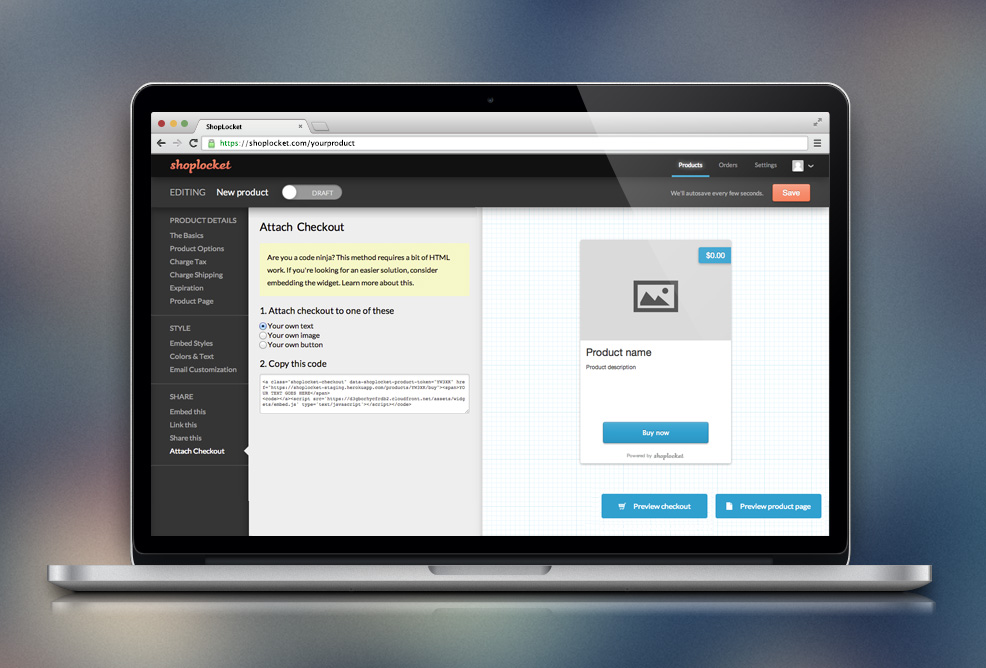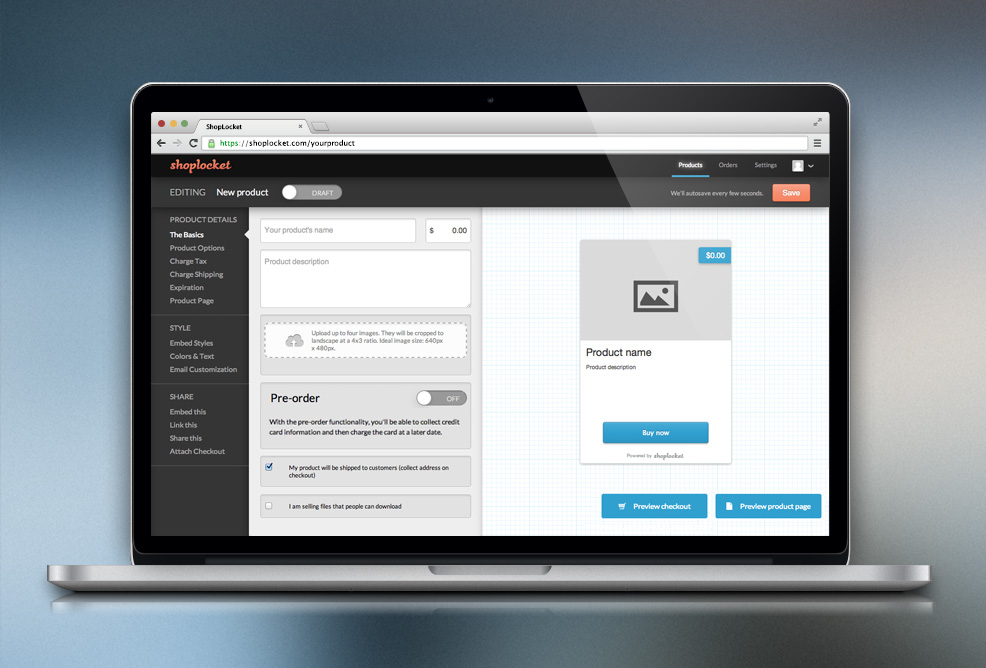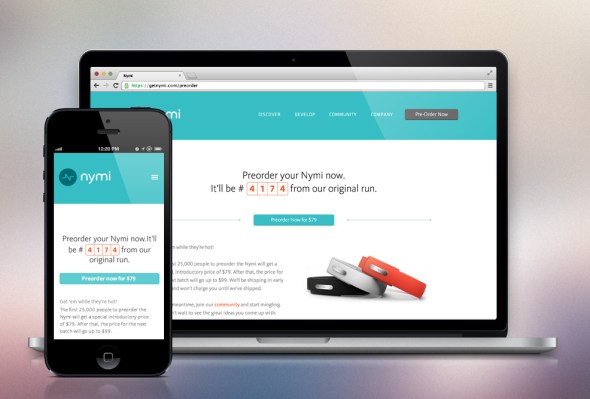There’s an increasing opportunity in helping hardware startups bring their products to market, and Toronto ecommerce startup ShopLocket has identified a key area in that process where they might be able to help out, and pick up some new business in the process. The company is introducing its new pre-order platform at the Glazed Wearable conference in San Francisco today, giving hardware startups and product-based companies a way to book sales of devices before they ever hit the production lines.
Often companies like Pebble will launch on Kickstarter, bringing in considerable interest from an early adopter crowd during a campaign that could span a month or two. But then there’s a big gap between the end of those campaigns and the actual ship date of their product, and in that gap you run the risk of losing a lot of the publicity steam built up during the crowdfunding phase.
 Pebble launched its own pre-order portal, and others like the Thalmic Labs MYO armband just started right out the gate with an open-ended pre-order period, but often that can take a lot of work and building your own platform, as Lockitron did. ShopLocket wants to make all of those things easier, adding support for pre-order campaigns to its lightweight storefront platform.
Pebble launched its own pre-order portal, and others like the Thalmic Labs MYO armband just started right out the gate with an open-ended pre-order period, but often that can take a lot of work and building your own platform, as Lockitron did. ShopLocket wants to make all of those things easier, adding support for pre-order campaigns to its lightweight storefront platform.
“ShopLocket can either be used as an alternative to Kickstarter or Indiegogo for an initial launch, [or] it can be used after a crowdfunding campaign to allow companies to continue collecting pre-orders,” ShopLocket founder and CEO Katherine Hague explained in an interview. “When used as a replacement to traditional crowdfunding platforms, ShopLocket could be considered an elegant plug-and-play alternative to something like Selfstarter [Lockitron’s in-house tool, which it released for others to use].”
Already, ShopLocket’s platform has been quietly helping companies debut and build continued interest in their products. ECG identification tech wearable Nymi used it to fund their device Kickstarter-style, and others including Nomiku and GlassUp are now running their pre-order campaigns with it, after having successfully raised funds on other platforms. Selfstarter campaigns require ample setup and knowledge of code, while ShopLocket’s system is fully customizable with a graphic interface that even total coding amateurs can manage.
To power the payments part of its new service, ShopLocket has turned to Stripe, which it chose over competing options like PayPal and Amazon Payments for a number of reasons.
“For our sellers, the process of creating a Stripe account is incredibly easy [and] we are in the process of further optimizing the seller flow, so that sellers don’t even have to sign up with Stripe until they actually want to start charging on pre-orders — something not possible with PayPal or Amazon,” Hague said. “For buyers, Stripe is actually a more accessible platform than PayPal or Amazon, which generally require accounts to make a purchase. Stripe will allow buyers to checkout with a simple credit card form, no account required.”
 Stripe also offers native design integration, so buyers aren’t shuttled away to a separate site and then shuttled back in to complete the transaction, which is a big advantage in terms of decreasing cart abandonment rates and generally providing an experience that businesses can control in every respect.
Stripe also offers native design integration, so buyers aren’t shuttled away to a separate site and then shuttled back in to complete the transaction, which is a big advantage in terms of decreasing cart abandonment rates and generally providing an experience that businesses can control in every respect.
I wondered whether this emerging market segment might not be a little too niche for ShopLocket to focus much attention on, but Hague says there’s plenty of interest already, and that’s also growing at a rapid clip. So far, they’ve found over 500 projects launched launched in products and hardware every month, which represent tens of millions of dollars raised.
“This represents only a small segment of the overall market,” Hague adds. “For these companies, ShopLocket is a better solution than a traditional hosted storefront for the next phase of their business. We let them use any website, including their existing one, to grow from pre-orders to a full shopping cart over time. We believe that the next billion dollar storefront platform will be born from serving this rapidly growing market of new product creators.”
